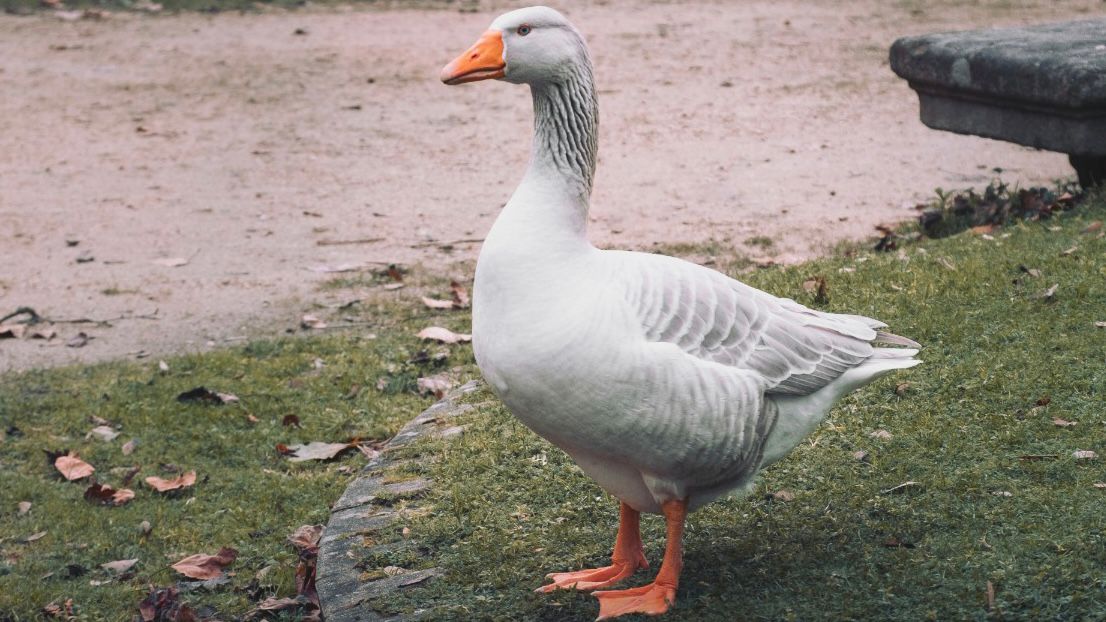
10 Tips for Raising a Healthy and Happy Goose
Geese are fascinating creatures with unique personalities and a variety of uses, from being raised for meat or eggs to serving as watchdogs or lawn mowers. Here are 10 tips for raising a healthy and happy goose.
Tip#1 Provide Adequate Space
Geese need a lot of space to move around and stretch their wings. A general rule of thumb is to provide at least 10 square feet per goose, but it’s always best to provide more space if possible. This can be achieved by keeping them in a large pen or allowing them access to a pond or lake.
Tip#2 Offer a Balanced Diet
Geese are herbivores and require a diet that is high in protein, carbohydrates, and minerals. Offer a variety of grasses, grains, and vegetables, such as barley, wheat, corn, and greens. It is also important to provide access to clean water at all times.
Tip#3 Provide a Safe and Secure Environment
Geese are vulnerable to predators, so it’s essential to provide a safe and secure environment. This can be achieved by building a sturdy pen with a secure fence and a roof to protect them from birds of prey. It’s also important to keep an eye out for signs of predators, such as foxes or raccoons.
Tip#4 Keep Them Socialized
Geese are social animals and thrive in groups. Keeping them in pairs or small groups can help prevent loneliness and stress. They can also help protect each other from predators and will be happier overall.
Tip#5 Keep Them Active
Geese are active creatures and need plenty of exercise to stay healthy. Provide them with a large area to explore, swim, and forage for food. This will keep them physically and mentally stimulated and prevent boredom.
Tip#6 Provide a Nesting Area
Geese will lay eggs and will need a safe and secure area to nest. Provide them with a nest box or a grassy area where they can lay their eggs. Make sure the nest is protected from predators and that the eggs are safe from being stepped on or damaged.
Tip#7 Protect Them from the Elements
Geese need protection from extreme temperatures, both hot and cold. Provide them with a shelter or pen that will keep them dry and out of the sun in the summer, and warm and dry in the winter.
Tip#8 Gander and Goose
Geese are often raised for meat or eggs. When raising geese for meat, it is important to note that ganders are not as meaty as geese. Geese are usually ready for butchering at around 12-16 weeks old while ganders can take up to 20 weeks.
Tip#9 Keep Them Healthy
Geese are generally hardy birds, but they can be susceptible to certain health problems. Regularly check for signs of illness and keep an eye out for any changes in behavior or appearance. Vaccinations can also help prevent certain diseases.
Tip#10 Show Them Love and Care
Geese are intelligent, affectionate creatures that thrive on attention and affection. Show them love and care by spending time with them, talking to them, and providing them with a comfortable and safe environment.
In conclusion, raising geese can be a rewarding experience for farmers and backyard enthusiasts alike. By providing them with adequate space, a balanced diet, a safe and secure environment, and plenty of love and care, you can ensure that your geese will be healthy, happy, and a valuable addition to your farm or backyard.
If you are interested in how to raise other animals, check out these articles:https: How to raise otters, How to raise foxes, How to raise deer, How to raise squirrels, How to raise Donkeys, How to raise pigs, How to raise broilers, How to raise quails, How to raise a chicken flock.













